Whether you prefer to meet a holy monkey, eat sushi for breakfast, receive a monk's blessing, helicopter over the Himalayas, or just enjoy the myriad unique views—we've rounded up a bucket list of 50 things to do, eat, see, shop for, and experience in the wide world of Asia.
1. Stand in awe of the Taj Mahal
![b2d08fa2-[]](https://a57.foxnews.com/static.foxnews.com/foxnews.com/content/uploads/2018/09/1200/675/taj-mahal-india-credit-istock-photo.jpg?ve=1&tl=1)
(Condé Nast Traveler)
To see the Taj Mahal before the mobs arrive, be on-site by daybreak.
2. Fly over the Himalayas at sunrise
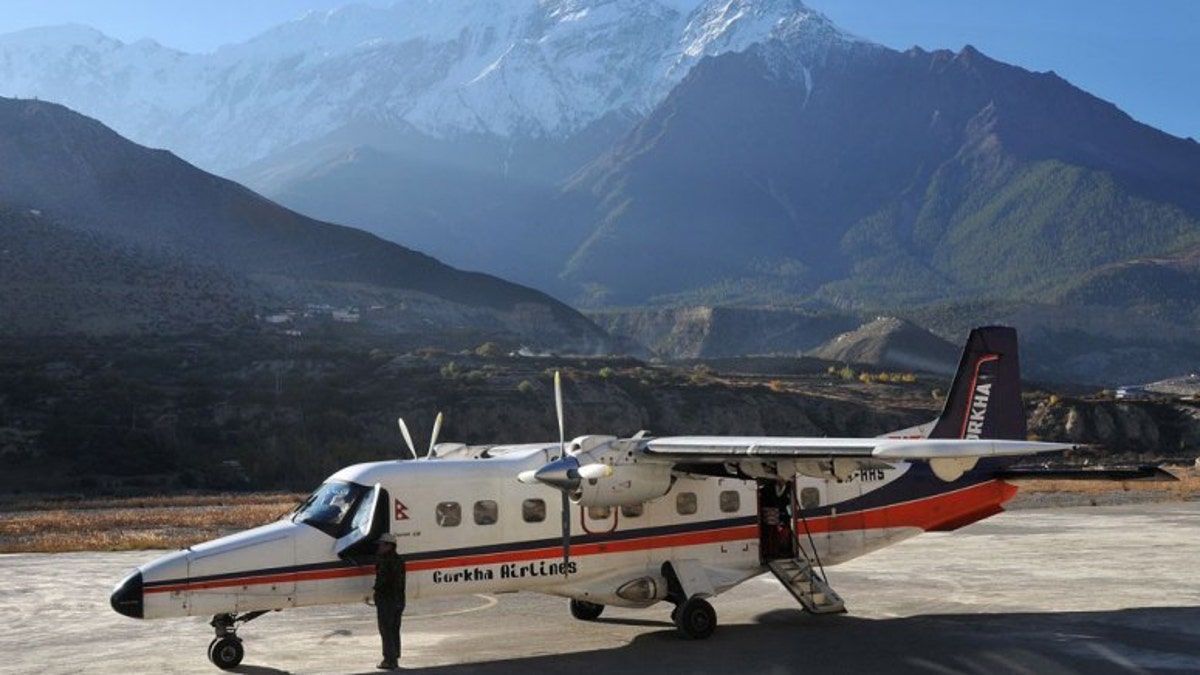
(Condé Nast Traveler)
In her Grand Tour of Asia, Editor at Large signed up for a flight with Tashi Tenzing Sherpa, the grandson of Tenzing Norgay Sherpa, who summited Mount Everest with Edmund Hillary in 1953; book the same tour as she did, through Geographic Expeditions.
3. Drive through the Bhutan countryside

(Condé Nast Traveler)
What you'll notice first about Bhutan is its splendid beauty and the remarkable lack of development. The countryside unfolds as a series of lush pleats of green. The hillsides (the country is largely mountainous) are thick with spruce and blue fir, and wild magnolia trees and rhododendron bushes that have grown to treelike proportions punctuate the roadway. The second thing you’ll notice is the emptiness. Cars purr down roads briskly, and there’s no honking. Indeed, the roads are so quiet you can hear the breeze and birdsong as you go. By the way, the tales of Bhutan’s harrowing roads are overblown. Yes, they’re narrow and twisty and full of corkscrews, but only the most anxious will feel unsafe.
4. Sail Vietnam's Halong Bay

(Condé Nast Traveler)
Halong Bay is a 580-square-mile natural cove containing some 2,000 limestone islands, all occupied only by trees, ferns, birds, and monkeys. It is these peaks—some of them cragged and hewn by years of erosion into fantastic shapes—that have inspired centuries of Vietnamese poetry and paintings.
5. Do Angkor Wat right
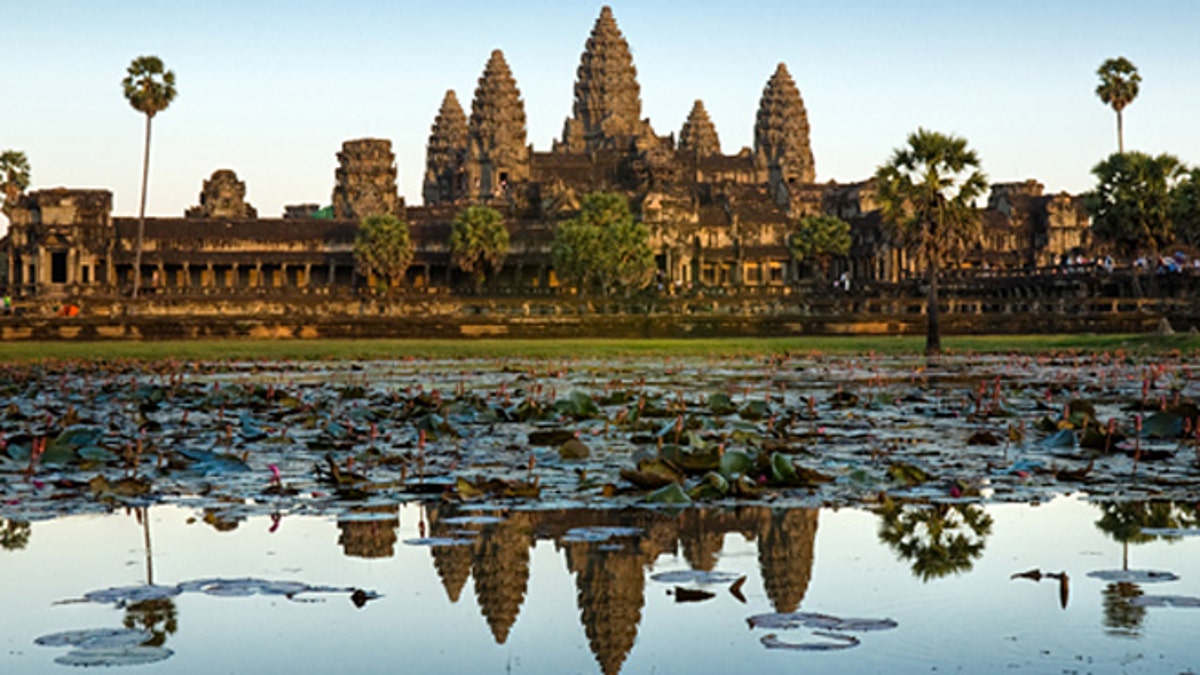
(Condé Nast Traveler)
First rule: Forget sunrise at the Angkor Wat complex. It is so popular now that it’ll be more crowded at 5:30 or 6 a.m. than at 7, when those sun-risers are on their way back to their hotels for breakfast. Instead, opt for less-frequented temples such as Beng Mealea. In the morning, most visitors beat a path to Ta Prohm—known as the Tomb Raider temple for its cameo in the 2001 film. Swing by at around 4:45 p.m. and you’ll have it almost to yourself. Or visit the Bayon temple (in the lost city of Angkor Thom) between 11 a.m. and 1 p.m., when the crowds will have gone back to their hotels for lunch (the sun can be intense, though). See our interactive guide for even more insider tips.
6. Watch the sunset from Wat Phrathat, Chiang Mai’s holiest shrine
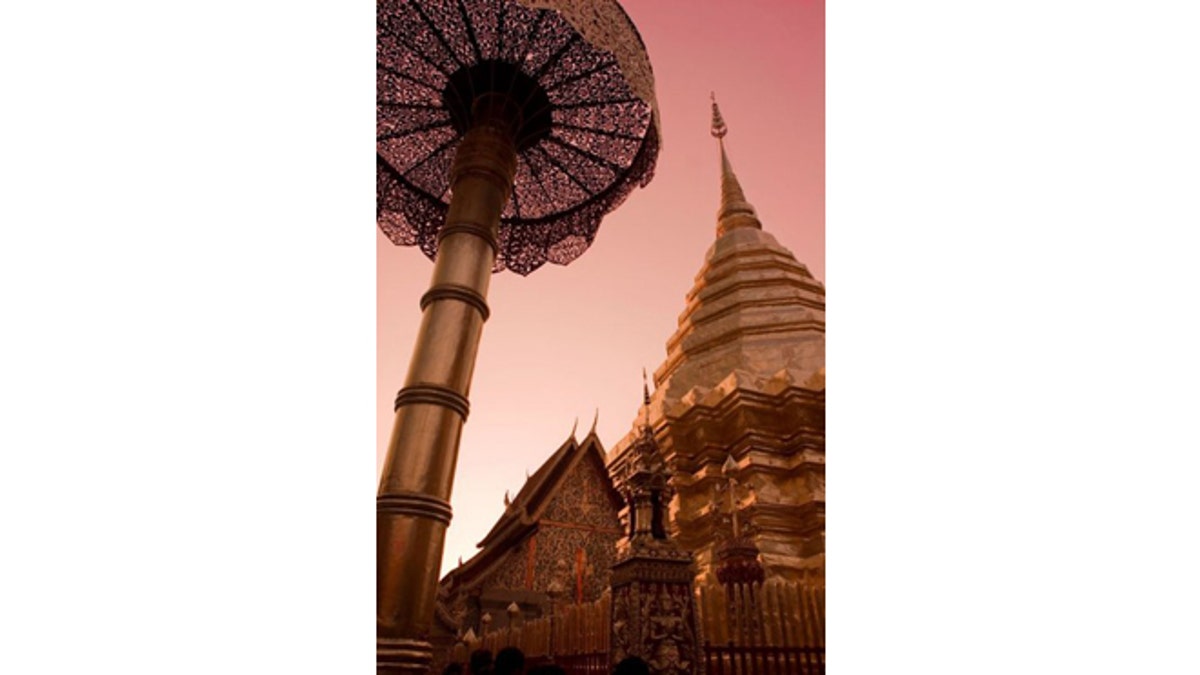
(Condé Nast Travele)
Take the 30-minute drive outside Chiang Mai to the fourteenth-century Wat Phrathat, Chiang Mai’s holiest shrine, which is set atop Suthep Mountain and overlooks the city. Take the 304-step staircase and note the lovely nagas, or dragon-headed serpents, that flank the steps: Like so much Buddhist iconography, their origins are Hindu, but in Southeast Asia they are often shown as the Buddha’s protector, guarding either him or the temples. At the summit—blissfully empty and a few degrees cooler in the late afternoon—you’ll hear the monks chanting their evening sutras and watch as the sinking sun paints the city in vibrant pinks and purples.
7. Stuff your face with street food at a hawker center in Singapore
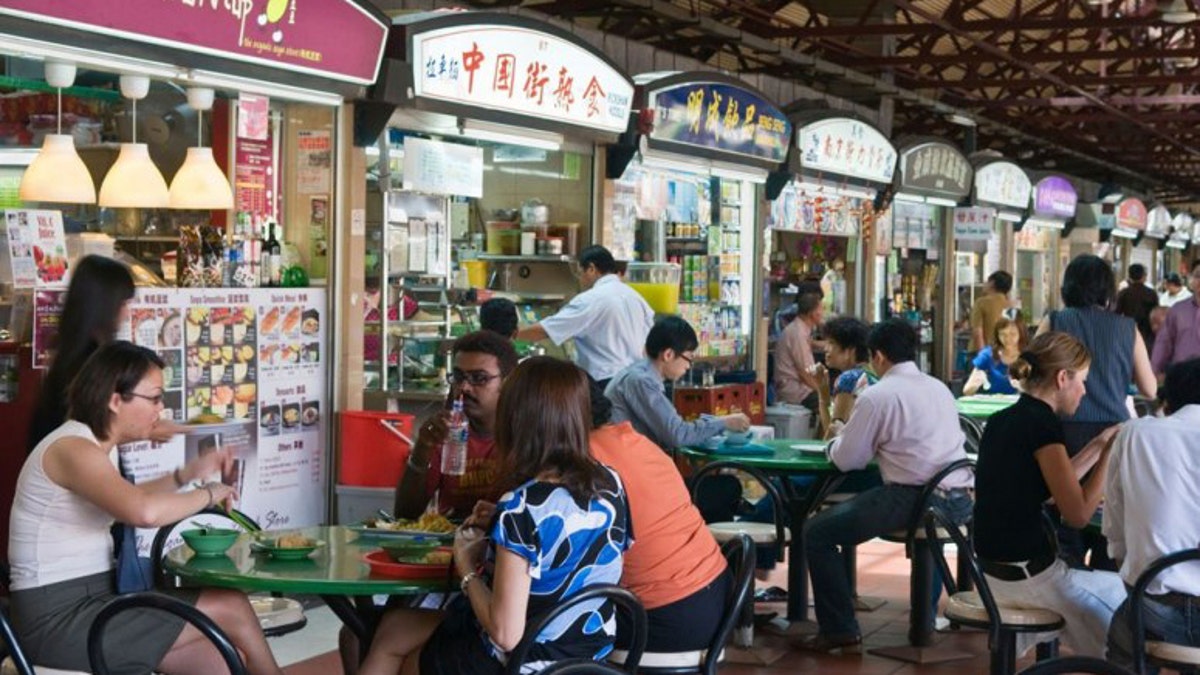
(Condé Nast Traveler)
Airport Road Food Centre has a couple dozen excellent food stalls, including Lao Ban (stall 1-107). Join the queue for a small tub of soya: barely sweet, ¬custard-soft tofu that satisfies, variously, as a dessert, an appetizer, a ¬palate-cleanser, or a digestif. Maxwell Food ¬Centre (pictured) is another food court with even more stalls selling even more tempting dishes from everywhere across southern Asia. One of the iconic stalls is Tian Tian Hainanese Chicken Rice (No. 10), which serves, well, chicken rice, an utterly succulent chicken cooked in chicken broth and served with chicken broth–boiled rice.
8. Walk the Great Wall—without all the tourists

(Condé Nast Traveler)
There are a few main sections of the wall that people visit. Badaling and Juyong Pass, which are among the closest to the city, are so densely packed with tourists that you might as well stay home. Then there's Mutianyu, about 90 minutes outside the city center, and Jinshanling, which is two hours away. Both options have their benefits. Jinshanling, which will be all but untouristed, is an especially nice choice if you want to walk a long section of the wall. If, however, your main goal is not to hike the wall but to just get a feel for it, opt for Mutianyu.
9. Meander through a bamboo forest

(Condé Nast Traveler)
Sagano Bamboo Forest. In the Heian period (794-1185), when Kyoto was not only the capital but the center of arts and culture, this district was a summer retreat for nobility—it's cool year-round, but especially in summer. The dense stands of ancient bamboo—so green and silent that the very air seems to taste of dew—are at their quietest in the early morning.
10. Eat sushi for breakfast
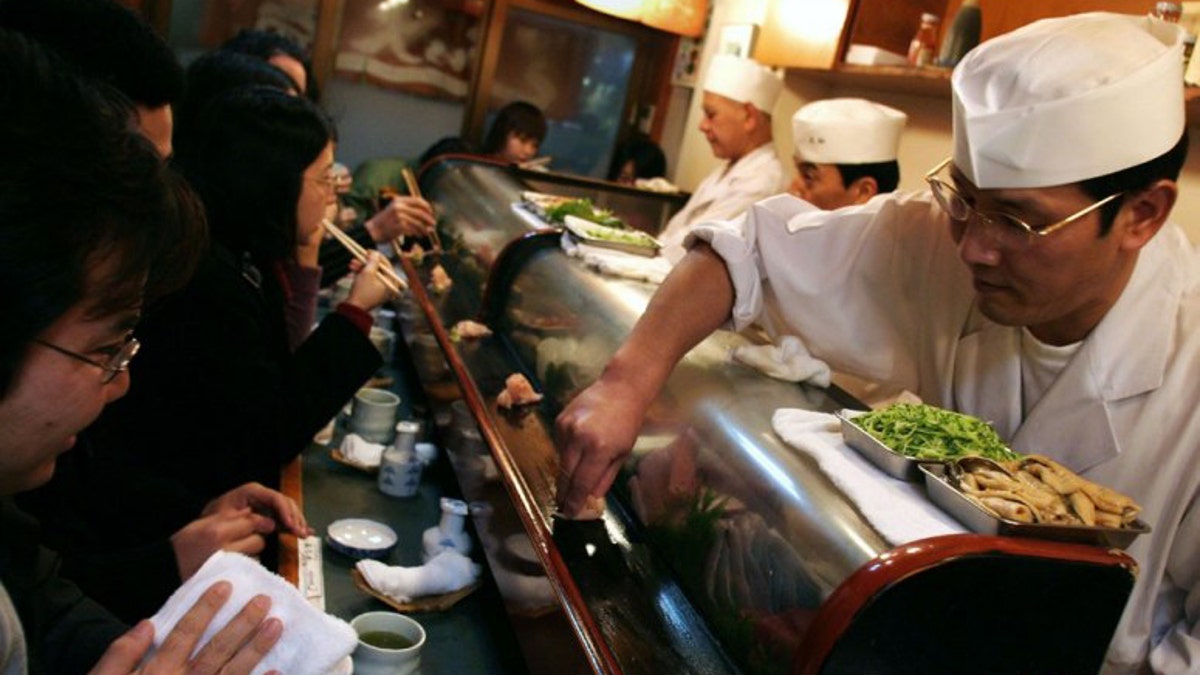
(Condé Nast Traveler)
Sushi for breakfast? There are dozens of tiny and delectable restaurants at Tokyo's Tsukiji fish market, but few rival Sushi Dai (pictured), where waits run an hour (or longer) as early as 6 A.M. The sushi is strictly omakase, or chef's choice, and is so fresh and perfectly cut that it seems to dissolve in your mouth (Tsukiji Shijo 6-Gokan; 81-3-3547-6797; sushi from $10).
More from Condé Nast Traveler
Most Over-the-Top Hotel Suites
Castle Hotels Around the Globe
